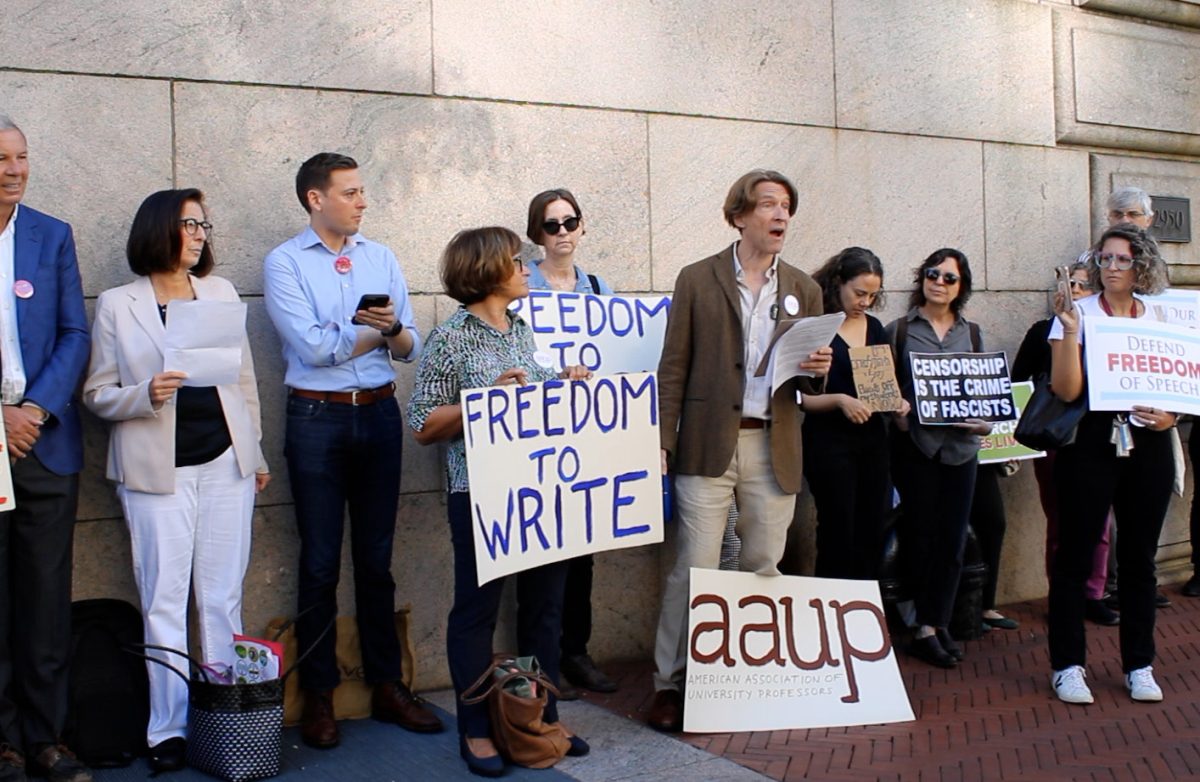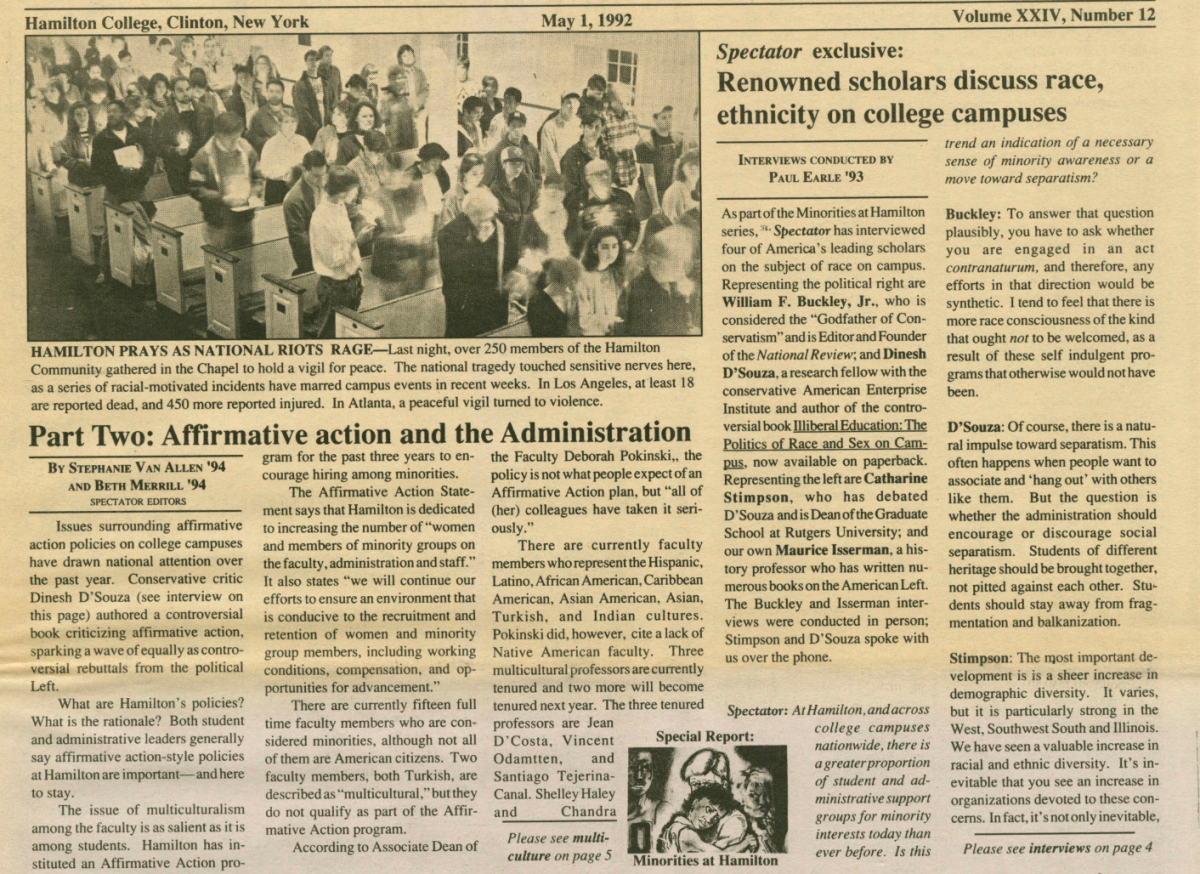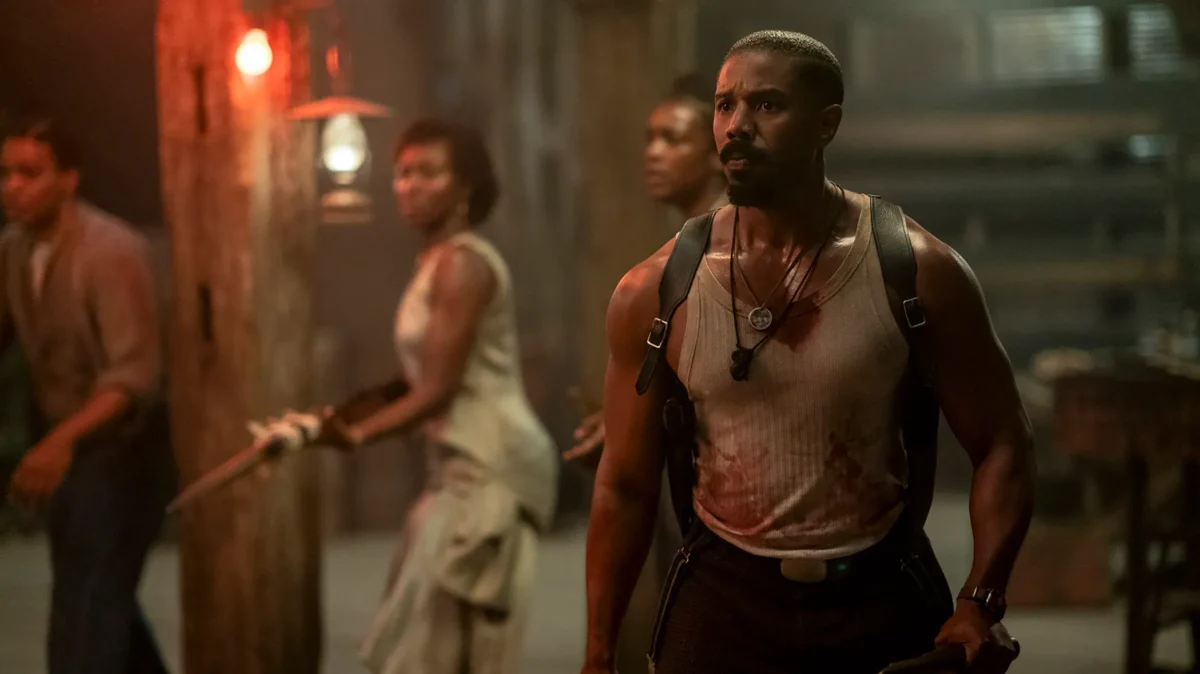Although this series is an attempt to pinpoint what went wrong for the Democratic Party during the recent election, there is little sense in arguing about how exactly to divvy up the blame; after all, as I shall argue in a future edition, the proverbial cake was all but baked for the Democratic presidential candidate a solid eighteen months before the 2024 election itself. That being said, politics has become our national bloodsport, and so one must gaze upon the fray to know which way the wind blows. A considerable number of Democrats, particularly from the party’s progressive wing, have prominently engaged in what by now must be a time-honored tradition in elite Democratic circles — namely, throwing President Joe Biden under the bus that the media class has continually made his home.
Most functioning models of the Democratic Party describe it as a binary cooperative, as an uncomfortable but nevertheless lasting alliance between rural moderates and urban progressives. While these uneasy partners may operate by and large under the same umbrella, they rarely agree upon the respective shares of responsibility each of them bears for the party’s various successes and failures. (Biden does not fit neatly into this false binary, hence why his ascent in 2020 came as such as surprise to the media — but that is a story for another article.) The Democrats’ progressive wing has long argued that since the moderates have held the keys to power on the national level, much of the party’s failures are directly attributable to those same moderates and whatever shortcomings their policymaking and messaging possessed. In the past, this position has held considerable water; for better or for worse, the party of Bill Clinton and John Kerry had little room or time for its progressive wing outside of the odd social justice initiative. However, the progressive wing of today’s Democratic Party, while not the dominant force that its arch-conservative opponents portray it as, still wields significantly more power than its comparatively enfeebled predecessors. Advocates of today’s progressive movement preside as mayors over many of the nation’s largest cities and enjoy special access to major political and media figures through a glut of nonprofits and advocacy groups dedicated full-time to disseminating their ideas and policy proposals across American culture.
Now, I happen to know two things about the progressive movement of the United States. Firstly, while I have my share of disagreements with progressive orthodoxy, I happen to agree with a fair few of its aims and policy proposals, enough for me to genuinely care about its direction and efficacy. Secondly, its more vocal members quite possibly possess the worst political instincts known to man.
One can easily trace Donald Trump’s original ascent as the moment where the progressives seized their current preeminence in Democratic messaging. While dyed-in-the-wool progressives trace back the strength of their movement within the Democratic Party to the 2016 candidacy of Bernie Sanders, or even to Occupy Wall Street’s populist rumblings of discontent in the wake of the 2008 stock market crash, the surprising election of Trump created fierce whiplash within the cocksure media class, which allowed progressive modes of thought to percolate and reproduce within traditionally liberal media spaces. This removed not only a diversity of thought from many of the nation’s most prominent news and cultural organs, but it removed whatever limiting force helped keep moderates assured that the Democratic Party genuinely served their interests, and not merely those of whatever minority group that Republican-aligned media had chosen to loudly associate with the Democrats.
The progressive political movement birthed by Sanders’ startling momentum rests upon the presumption of a proletarian voter base lying in wait for a true left-wing candidate to activate them. This is an electoral fantasy. A critical mass of progressives, however, operate as if this base exists regardless, often with disastrous consequences. A considerable portion of these progressive voices, often acting out of intra-party apathy towards Biden and the moderates with whom they associate him, spent the last four years parroting Republican-promoted narratives about inflation, undermining public support for the righteous and spartan defense of Ukraine and generally spreading misinformation on increasingly influential social media platforms, all while putting forward many of the same policies that Democrats rejected in the 2020 primary. Functionally, they are reactionaries.
As a result of such hostile discourse, the Democratic Party that the median voter of today recognizes is not that of the Biden years, under whose stewardship the United States has enjoyed the most impressive bounce-back from COVID-induced inflation on planet Earth, a long-overdue withdrawal from the unwinnable conflict in Afghanistan, the most sweeping infrastructure bill in a generation and the most pro-labor presidency since World War II. Their prevailing understanding of the Democratic Party of 2020, where the turbulent produced enough damning soundbites and unpopular policy proposals to feed the Republican media machine for years to come — that is, unless Democrats fight back against this distortion.
The lion’s share of Democrats, however, have fundamentally failed to recognize the deeply detested caricature of their party that dances about the mind of the median voter. As journalists such as Matt Yglesias have noted, many Democratic politicians have silently dropped their unpopular policy positions without calling attention to these shifts. While this allows them to keep progressive advocacy organizations from turning on them en masse, it comes at the cost of forcefully communicating such a change to the voters whose mind they need to change. Even worse, progressive Democratic leaders, particularly on the West Coast, have played up their roles in the madness that embroiled the original Trump years, even as California voters have begun to vote out many of their liberal-left city council members in favor of more moderate options.
Make no mistake, current Democratic governance on the West Coast has generally resulted in visible, expensive and embarrassing failures. Its leaders have all too often kowtowed to the desires of affluent liberals whose luxuriant demands (e.g. highways instead of public rail, bad-faith zoning restrictions, deliberately unproductive environmental review processes) have only served to raise the cost of living beyond anywhere else in the United States. They also electorally reside within functionally corrupt feedback loops, wherein West Coast candidates require funding and grassroots support from the same advocacy groups that lock the same candidates into policy positions that neither aid the current plight of nor appeal to their working-class constituents. They embody both the least appealing and the oddly reactionary impulses of the current American progressive movement.
I take great pleasure in reporting that there is resistance within the Democratic Party to this particular strain of functionally reactionary progressivism, including from within the progressive movement itself. As long as progressives fail to present an appealing vision to the American populace, and moderates allow fear of progressive retribution to rule their decision-making, the Democratic Party will continue to succumb to its self-inflicted wounds.
In this project’s next serial, I shall touch upon yet another lightning rod: how the Democratic Party of today engages with masculinity.















